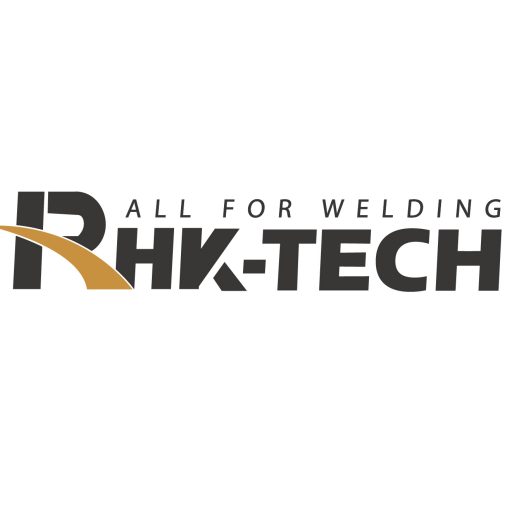Arc welding is a welding process that utilizes an electric arc to join metals together. An electric current is passed between an electrode and the metal workpiece, creating an intense heat that melts the metal and fuses it together.
There are several types of arc welding processes, including:
Shielded Metal Arc Welding (SMAW) – also known as stick welding, uses a consumable electrode coated in flux to create the arc.
Gas Tungsten Arc Welding (GTAW) – also known as Tungsten Inert Gas (TIG) welding, uses a non-consumable tungsten electrode and a separate filler material.
Gas Metal Arc Welding (GMAW) – also known as Metal Inert Gas (MIG) welding, uses a consumable wire electrode and a shielding gas to protect the weld from contaminants.
Flux-Cored Arc Welding (FCAW) – utilizes a flux-cored wire electrode that produces its own shielding gas, eliminating the need for an external gas source.
Each type of arc welding process has its own unique advantages and limitations, and can be applied to various welding applications depending on the specific needs and requirements of the task at hand.



















